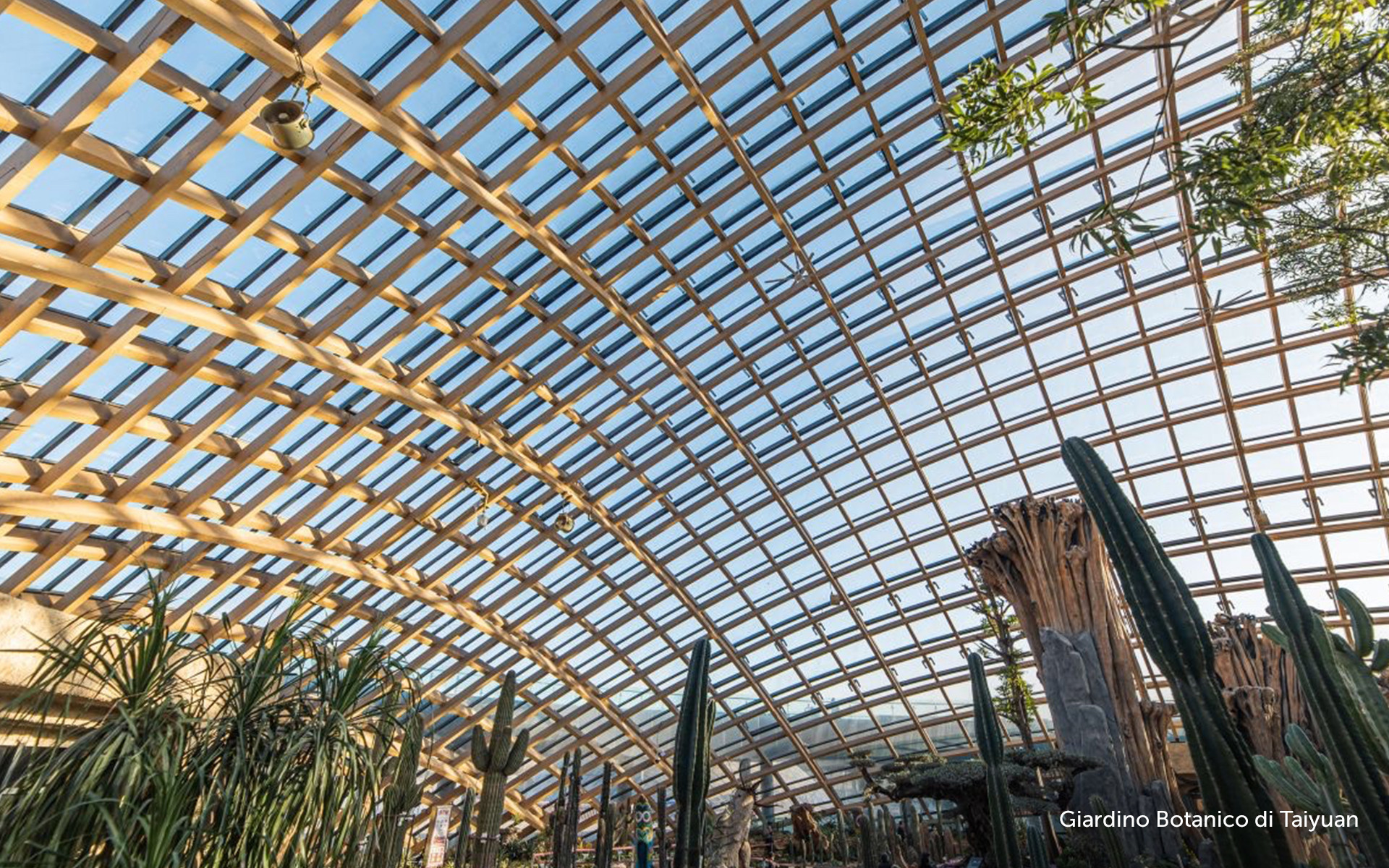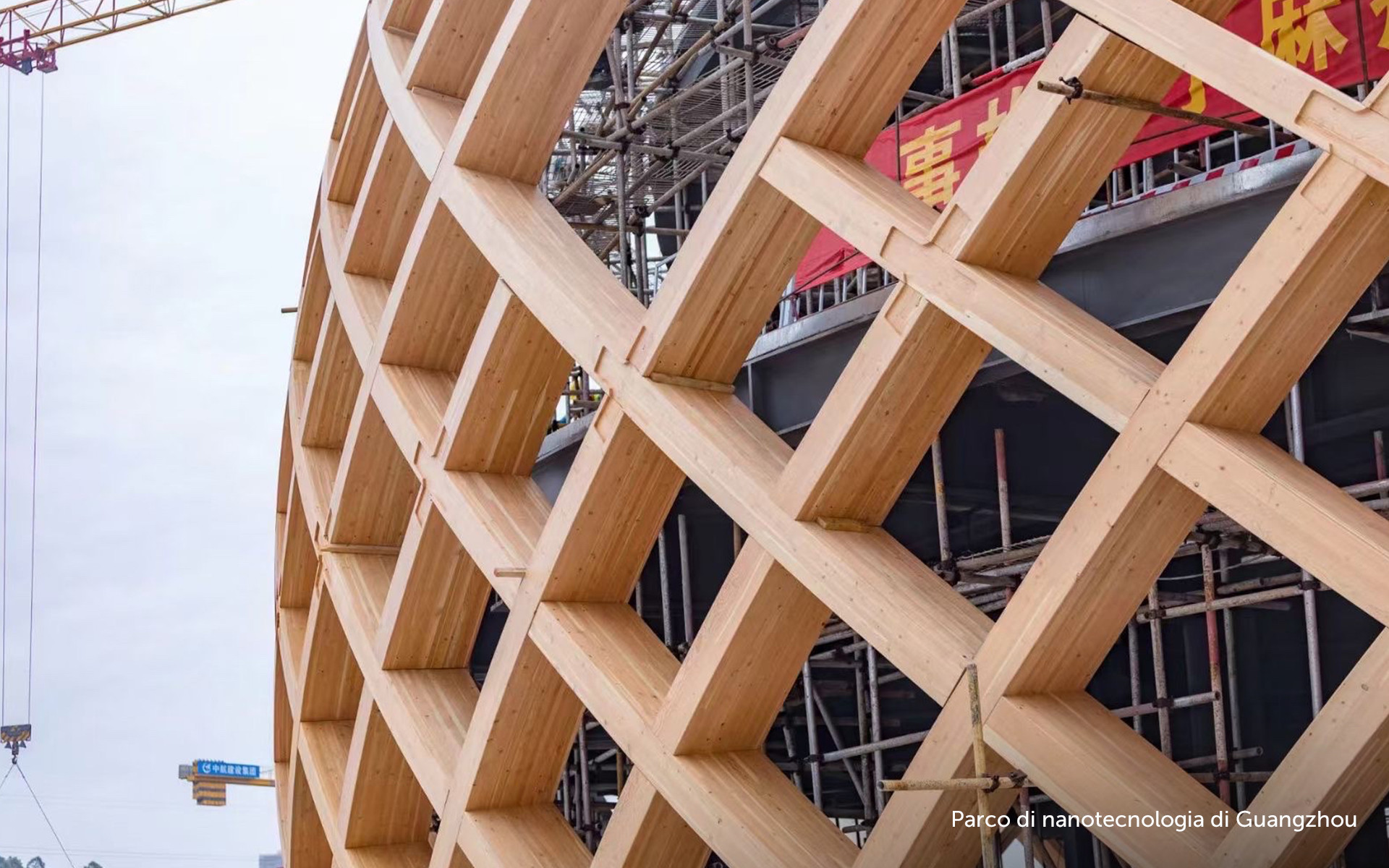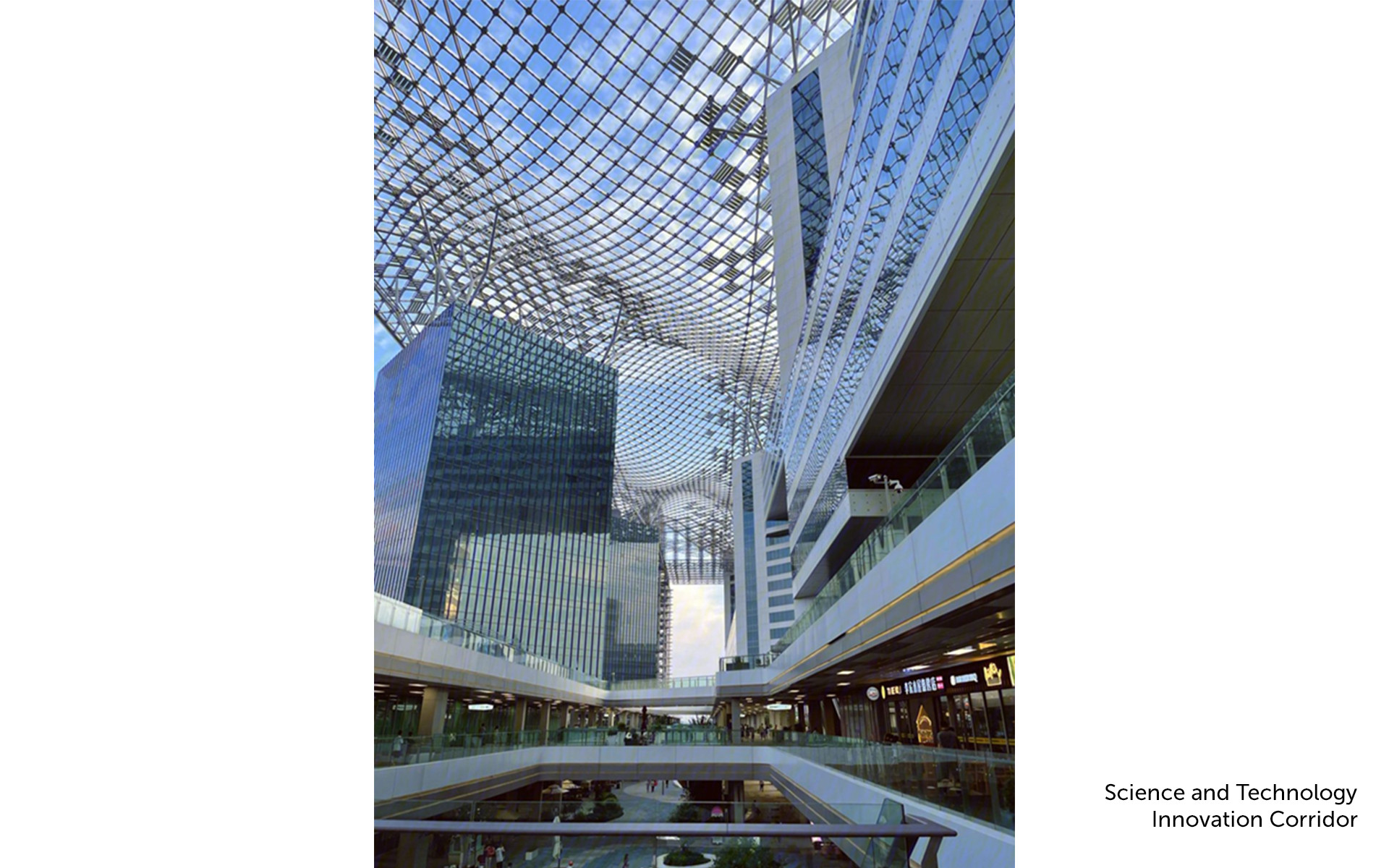
Building prospects in China
Chinese policies for sustainable construction and workplace safety: past and future
In recent decades, China has taken the lead in adopting green policies in the construction industry. This shift was driven by the government’s commitment to reduce the environmental impact of the building sector, accounting for around one third of the nation’s energy consumption. By 2030, China’s construction industry is set to grow more than fivefold, with an estimated $12.9 trillion to be invested in green building. (World Resources Institute)(MDPI).
In the 13th five-year plan, China has set itself the goal of certifying at least 50% of all new urban buildings as green. Cities like Shanghai, Shenzhen and Beijing were urged to further raise their standards, aiming for buildings with high sustainability certifications(World Resources Institute). The Changning district, for example, has implemented an energy monitoring system for 160 public buildings, achieving an average energy saving of 20%(MDPI).
But the nation's efforts don't stop there: China is developing new cities like Suzhou Taihu New City, designed to accommodate 200,000 residents, with buildings constructed according to extremely high sustainability standards.
The potential for energy savings with renewable materials and hybrid structures
The construction industry is one of the largest contributors to global greenhouse gas emissions, accounting for 37% of energy-related CO2 emissions and generating 21% of all global greenhouse gas emissions worldwide (MDPI) – new materials and solutions are urgently needed.
Among renewable materials, timber stands out for its unique properties: not only can it store carbon, it also requires less energy during its production cycle compared to traditional materials like steel and concrete.
However, it cannot always be used on its own: opting for hybrid structures that combine timber, steel and concrete is often the key to optimising building performance.
Every year, demolitions and renovations generate 100 billion tonnes of waste, of which only 65% is recycled (MDPI). The concept of Design for Disassembly – applicable to these structures – enables easier recovery and recycling: prefabricated timber components and modular structures can be disassembled and reused, thus limiting the amount of material sent to landfill.

Major hybrid projects supported by Rothoblaas solutions in China
China’s growing focus on sustainable construction and energy efficiency is reflected in several high-profile projects. Here are some of the most notable ones involving Rothoblaas products.
Taiyuan botanical garden

Built following extensive reclamation works and a detailed design using Hasslacher Glulam, this building, constructed by SKF in collaboration with the Canadian company, Structurcraft, is one of Asia’s largest timber dome structures, employing over 200,000 Rothoblaas structural screws.
Shanhai Fengxian youth centre

Located in an industrial setting, this hybrid structure combining steel, timber and concrete required specialised solutions to ensure rapid and lightweight construction. 6,000 VGZ screws were supplied to reinforce the connections between the different materials, improving the building's strength and durability even in industrial environments.
Guangzhou Nanotechnology Park

A project worth studying, particularly for its structural joints. Traditionally, mortise and tenon joints have always been used to connect timber structures, but in this project, they were replaced with high-strength screws to improve construction efficiency. This change not only sped up construction but also strengthened the structure, thanks to the VGS screw range.
Chengdu Landmark Multifunctional Exhibition Hall

This iconic project required a high level of technical innovation. The building’s roof was constructed using a cutting-edge approach: 3D-printed polymers. The structure is one of the city’s most striking, with over 26,000 VGZ screws ensuring the roof’s stability and strength. The fastening technologies used allowed for perfect integrity and robustness, despite the use of lightweight materials like those printed in 3D.
Chengdu Agricultural Exhibition

The gigantic timber arches framing this project required a careful approach to create exhibition spaces that were not only durable and lightweight but also easily dismantled. More than 200,000 VGS and VGZ structural screws and over 150,000 Rothoblaas HBS carpentry screws support the Main Hall. This magnificent structure, spanning 75,000m² with its five vaults, features trusses that reach free spans of up to 110m and heights of up to 44m.
BUILDERS: StructureCraft and Häring AG, timber: HASSLACHER NORICA TIMBER, Rubner Group and HESS TIMBER.
Passive House Building in Taiyuan, Shanxi Province

Building a passive house in concrete presents a unique challenge, especially when using prefabricated autoclaved lightweight concrete (ALC). This project in Taiyuan is the largest of its kind in China and used Rothoblaas airtight membranes and sealing tapes to ensure the airtightness required for passive house energy efficiency. Solutions like VAPOR 110, PLASTER BAND and EASY BAND were crucial in preventing heat loss and ensuring indoor comfort, essential even in concrete structures.
Liya Liangdian visitor centre in Yibin, Sichuan province
-1729492771.jpg?w=1920&h=1080&fit=cover)
In this futuristic building, VGZ screws and TRASPIR 110 were used to develop a durable structure with perfect airtightness. The Jazbuild project was recently completed in record time.
Not just sustainability: safety is a growing imperative
Like the focus on sustainability, workplace safety, too, has become a global priority. China, like many rapidly expanding countries, has intensified efforts to ensure that both large and small construction sites meet stricter safety standards. New regulations have improved worker protection during the entire construction process, from the installation of structural materials to operations at height.
Fall protection systems, anchor systems and collective protective equipment are now essential in ensuring not only safety but also the freedom of movement required in modern construction sites. Solutions like those offered by Rothoblaas Solutions for Safety amply meet these needs.
G60 Science and Technology Innovation Corridor

This futuristic office complex includes over 10,000 metres of Rothoblaas Solutions for Safety lifeline systems and is a particularly interesting case study, as the safety systems were installed on curved aluminium, with careful consideration of the solar panels positioned on the roof.
This demonstrates that technological progress must go hand in hand with advancements in safety: adopting green policies focused on worker protection is not just a temporary shift but rather the future direction of global construction.
By offering expertise and versatile solutions that support projects of all sizes, Rothoblaas caters to every need.
Contact us to find out how we can help bring your projects to life, anywhere in the world.





All rights reserved
Technical Details
- Companies:
- Hasslacher Norica Timber, Gruppo Rubner, HESS TIMBER, Structurcraft, Häring AG, Jazbuild
- Country:
- China
- Products:
- VGZ VGS HBS PLASTER BAND EASY BAND TRASPIR 110







